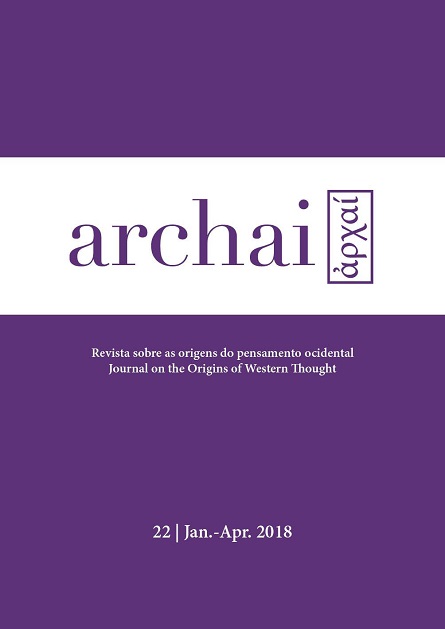Invisible cities:
utopian spaces or imaginary places?
DOI:
https://doi.org/10.14195/1984-249X_22_5Keywords:
magic realism, boundaries and limits, utopian city, imaginationAbstract
Like Raphael Hythloday, Marco Polo narrated his journey to Kublai Khan, the Emperor of the Tartars, presenting a catalogue of places and a cartography of 55 cities. The magic realism of Italo Calvino, the lush and synaesthetic descriptions in Invisible Cities (1972) construct a symbolic imaginarium of utopian paradigms. The taxonomy of all these cities sheds light on their relationship to man: cities and memory, cities and desire, cities and signs, cities and eyes, cities and names, cities and the dead, cities and the sky, continuous cities and trading cities. Some of them have an indivisible existence whilst others contain contradictions, some are more ethereal and others much more tangible, but all of them are real in the imagination and only inhabit an abstract space. Could we define them as “non-places” or “good-places”? Their geometries are different and whilst some represent what is necessary but does not exist yet, others represent what is potentially imaginable and credible but not achievable: could this be a coherent definition of utopia? Are there cities that are too believable to be true? This article aims to reconstruct the main lines of Utopia’s genealogy, regarding the socio-political desire for the ideal state, from Plato to Italo Calvino, answering these two main questions: are ideal cities utopian spaces or imaginary places? Does utopia therefore fail where reality begins?
Downloads
Downloads
Published
How to Cite
Issue
Section
License
Given the public access policy of the journal, the use of the published texts is free, with the obligation of recognizing the original authorship and the first publication in this journal. The authors of the published contributions are entirely and exclusively responsible for their contents.
1. The authors authorize the publication of the article in this journal.
2. The authors guarantee that the contribution is original, and take full responsibility for its content in case of impugnation by third parties.
3. The authors guarantee that the contribution is not under evaluation in another journal.
4. The authors keep the copyright and convey to the journal the right of first publication, the work being licensed under a Creative Commons Attribution License-BY.
5. The authors are allowed and stimulated to publicize and distribute their work on-line after the publication in the journal.
6. The authors of the approved works authorize the journal to distribute their content, after publication, for reproduction in content indexes, virtual libraries and similars.
7. The editors reserve the right to make adjustments to the text and to adequate the article to the editorial rules of the journal.



